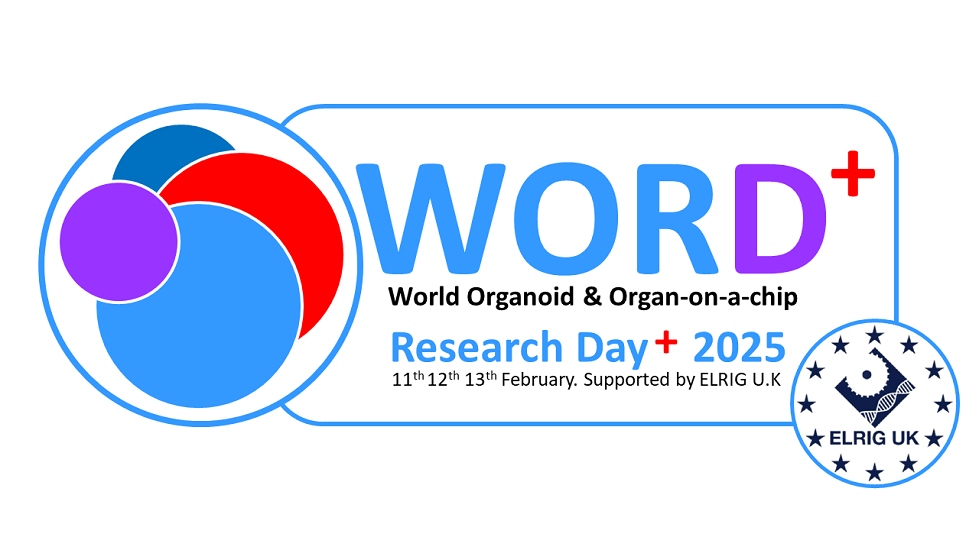Authors
A Sim1;
1 AMSBIO, UK
Overview
3D culture is essential for mimicking real tissues and organs. At present, mouse basement membrane extract (BME/Matrigel) is the standard substrate used in vitro. Major components are laminin-111, type IV collagen-121, nidogen-1 and HSPG; however, these existing matrices are limited by batch to batch variability. Our aim was to develop a new 3D cell culture hydrogel that overcame variability and was fully defined consisting of essential collagens, laminin 511 E8 fragments and hyaluronic acid.
Introduction
Three-dimensional cell culture is essential for mimicking human tissues and organs. Currently, Matrigel is widely used as a scaffold. Although this gel has been used for a variety of applications, the cells often do not exhibit tissue structure and function shown as in vivo. In order to develop a new substrate, we combined collagens, hyaluronic acid, and laminin E8 fragment.
Methods
We evaluated gels composed of collagen, laminin 511E8 fragments containing interaction sites with cell surface integrin receptors, and hyaluronic acid as three- dimensional cell culture substrates capable of inducing tissue formation that mimics in vivo conditions. The efficacy was examined using liver organoid formation, cancer organoid formation, and cranial nerve organoid formation as indices.
Results
When primary human hepatocytes were cultured in MatriMix (MM511) , the gel showed superior effects on proliferation and hepatic parenchymal differentiation compared to Matrigel culture. For developing mouse brain neuron culture, numerous large sphere formations positive for astrocytic cell markers were observed in MM511 combined with neurocan. Patient-derived colorectal cancer cells in MM511 gel culture also showed rapid proliferation and formation of large colorectal cancer spheroids.
Conclusion
MM511 gel provides a diverse extracellular environment to induce differentiation. This new gel can be used as an alternative to Matrigel/BME, overcoming some of the shortcomings of BME. It has more versatile properties that can regulate both mesenchymal and epithelial tissues in the body.

